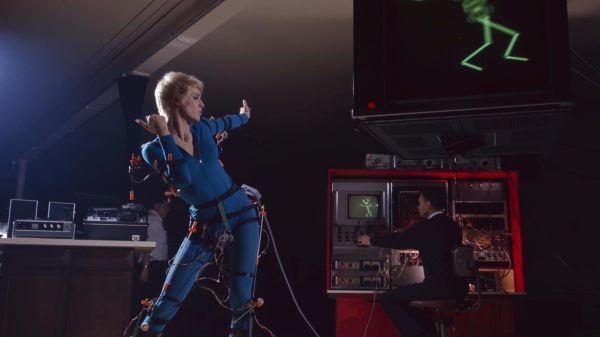Mike: The Black Stack

The Black Stack - Benjamin Bratton
http://www.e-flux.com/journal/53/59883/the-black-stack/
In “The Black Stack” Bratton borrows terminology from software / systems / web development where the stack is used a term to describe as a series of interconnected layers of technologies that are combined to form an application or system. In Bratton’s essay it is used to describe what he calls “Planetary Scale Computation”, which occurs at varying scales. As part of a larger conceptual framework he describes the full layers of stack (Earth, Cloud, City, Address Interface and User) while only focusing specifically on a few layers - the cloud and the user - in the essay. In addition divides the stack into two timeframes, The-Stack-that-is, for the current moment vs the Black stack, the shadow of the future stack.
The stack can be used as a way of the structure and composition of geopolitics, structures of power and future structures of power. His argument focuses less on surveillance and personal privacy, but more on how our ideas of nation states and political structures become distorted. The platforms that currently exist and the platforms that will grow out in the future, expand beyond the borders of nation states. Bratton uses the example of Google how it can replace functions of nation states, not so much out of competition but more out of usefulness for the user, and extractive potential where Google extracts data from its users.
The conflicts that exist inside the cloud layer confusingly blend and overlap different boundaries, from tech platforms vs nation states, the surveillance of apparatuses of nation stations using tech platforms, tech platforms performing an end-run around the controls of their host states. We could predict that these tech platforms could move at a faster pace than states and control this space, but Bratton argues that the revelations brought forth by WikiLeaks and Edward Snowden exposes the vastness of state-sponsored surveillance and indicates the potential for the state to be competitive in this space. He remains unclear if one will absorb the other. While these Cloud platforms can also include state apparatuses, they comprise of a third form separate from states and markets. They have an institution form and organise through their protocols.
The user within these cloud platforms occupies a contradictory position.Bratton uses the example of the Silicon Valley obsession with the quantified self, using data as a means of knowing and having mastery of the self. In becoming a data stream, he also has to acknowledge the outside data streams that act on him. Where he begins and where he ends in this flow of data starts blur. The blurring continues beyond actual individuals, into proxy users (users acting on other user’s behalf, crossing phyislcal borders, bypassing restrictions in one location by appearing in another) . This expands even further adding in non-human users such as sensors, algorithms and robots. This ends up in a position where the user is not only an individual but also a composite and an aggregate of other users, both human and non-human. What looks like one is really many, what looks like many may only be one with paranoia and narcissism as two symptoms of the same disposition.

